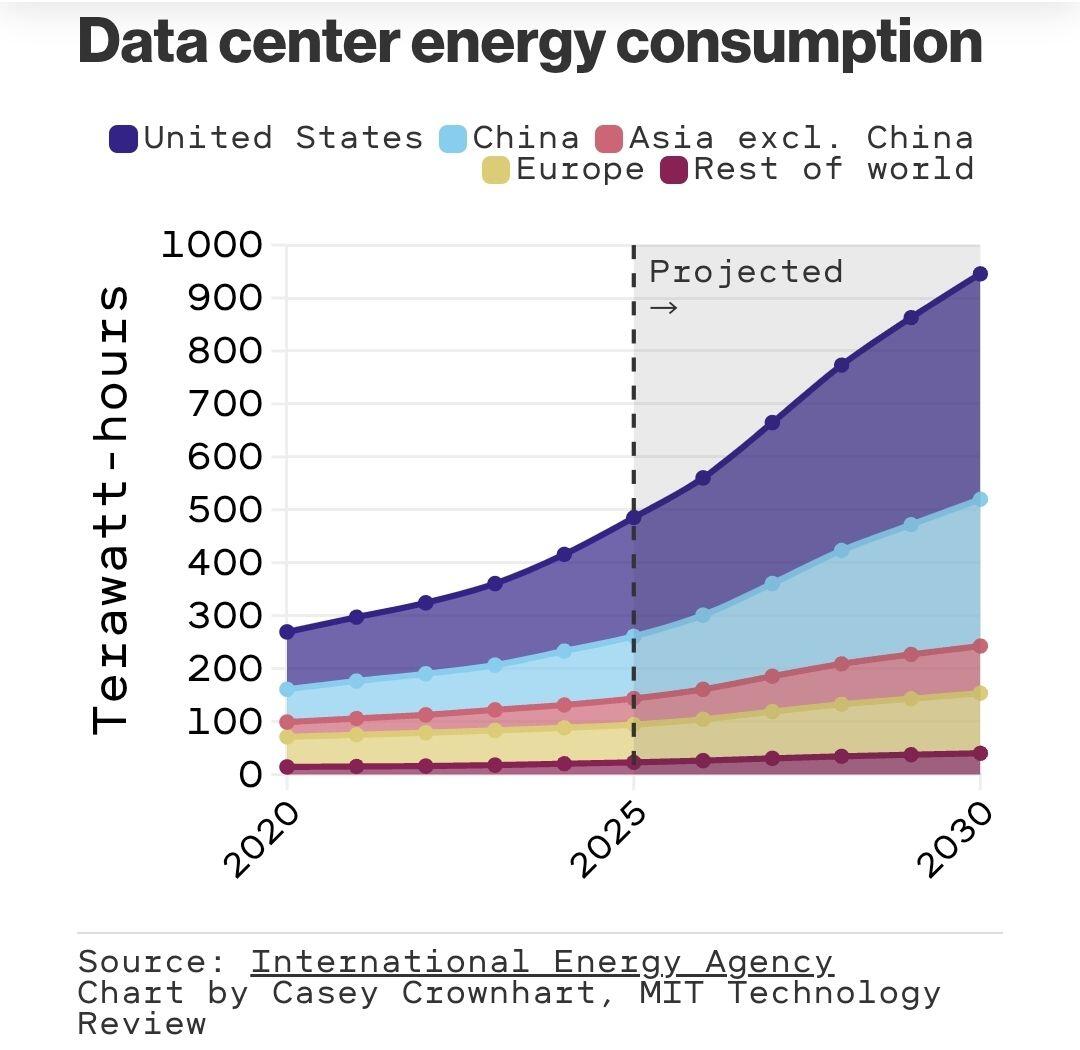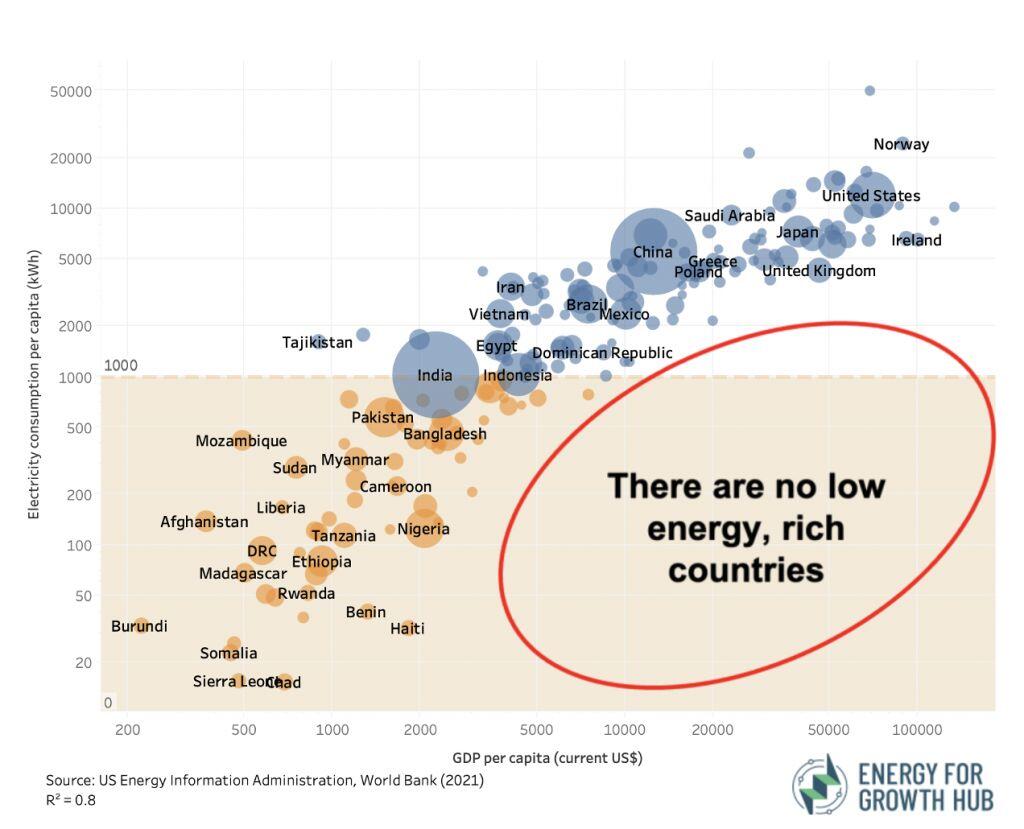Bitcoin mining is a bridge to an energy & technology abundant future. The International Energy Agency estimates AI electricity consumption is set to more than double by 2030, & the US is projected to represent about half of this growth. How will we feed the new tech beast?

₿/accelerate 🤝🏻 e/acc
Bitcoin mining presents a novel way to subsidize our energy systems. Mining is built on Proof of Work & an elegant system of economic incentives. Economic incentives are built in to lower cost, maximize revenue, & optimize resources. Mining is very resource-intensive: it requires substantial computing power to meet the cryptographic rules which secure the system & electricity represents ~80% of operating costs.
Bitcoin miners seek out cheap energy sources globally & they are location & energy source agnostic. As a result, miners are anchor tenants for new energy generation that wouldn’t otherwise exist in rural sites where traditional industrial or commercial customers are unavailable. They also subsidize generators that are transmission constrained (eg, renewables in Texas).
This is where the magic happens: aligned incentives. Miners provide a predictable revenue stream, helping get public infrastructure projects over their hurdle rates & recieve cheaper power (vs the grid). In this way, Bitcoin mining rewards fund the build-out of electrical infrastructure through a third pocket, where traditionally it was paid for by the ratepayer pocket or taxpayer pocket.
As consumer demand for power grows in a community (including for AI datacenters), Bitcoin mining can be decreased or removed entirely, but fundamentally, it enabled critical energy infrastructure to be built out.
In this way, miners support existing renewables with excess generation & the construction of new sites (and not just renewables) around the world. It's already happening with large miners in the US, Gridless in Africa, & Volcano Energy in El Salvador. And this is not stopping.
Furthermore, some Bitcoin miners are shifting towards AI. Miners are uniquely positioned as they already operate large-scale, power-intensive infrastructure & have the right experience. Retrofitting mining facilities for AI workloads (esp hosting GPUs) is often faster & cheaper than building new ones. Thus, infrastructure that was built out for mining is being reallocated to AI (eg Core Scientific) & likewise wrt new energy sites being developed with mining originally in mind (eg Crusoe).
Lastly, Bitcoin miners are the perfect demand response participant. The best DR participants are large loads with a consistent draw & that can turn off (curtail) for any amounts of time. AI is a much less curtailable load. In this way, miners help balance the grid & provide grid stability, particularly during extreme events (see Texas storms & Riot).
This is why Bitcoin mining is a ENERGY & NATIONAL SECURTY issue. It's about ensuring we can build an abundant & reliable energy system for a prosperous future.

